
Acacia limbata is a shrub belonging to the genus Acacia and the subgenus Juliflorae that is endemic across northern Australia.

Acacia oldfieldii is a shrub belonging to the genus Acacia and the subgenus Juliflorae that is endemic to western Australia.
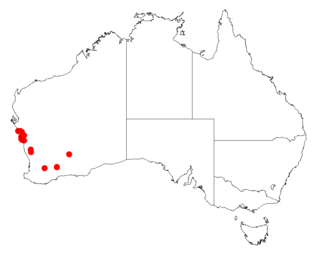
Acacia oxyclada is a shrub belonging to the genus Acacia and the subgenus Phyllodineae that is endemic to western Australia.

Acacia profusa is a shrub of the genus Acacia and the subgenus Phyllodineae that is endemic to south western Australia.

Acacia saxatilis is a shrub of the genus Acacia and the subgenus Phyllodineae that is endemic to south western Australia

Acacia simulans is a shrub of the genus Acacia and the subgenus Phyllodineae that is endemic to south western Australia.
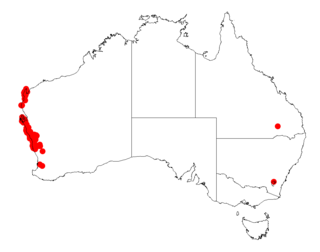
Acacia spathulifolia commonly known as Gold carpet or the Gold carpet wattle is a shrub of the genus Acacia and the subgenus Phyllodineae that is endemic to coastal parts of western Australia.

Acacia donaldsonii is a shrub of the genus Acacia and the subgenus Plurinerves that is endemism in an area of south western Australia.

Acacia eremaea is a shrub or tree of the genus Acacia and the subgenus Plurinerves that is endemic to an area in western Australia.
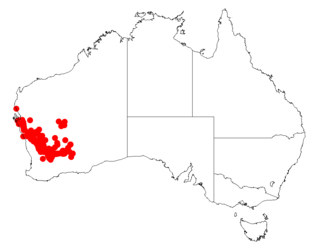
Acacia longispinea is a shrub or tree of the genus Acacia and the subgenus Plurinerves that is endemic to an area of south western Australia.
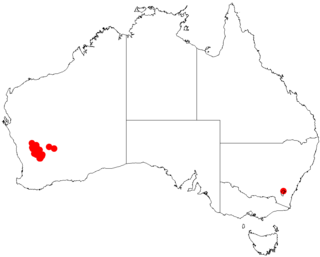
Acacia obtecta is a shrub of the genus Acacia and the subgenus Plurinerves that is endemic to a small area in south western Australia.

Acacia pharangites, commonly known as Wongan gully wattle, is a shrub of the genus Acacia and the subgenus Plurinerves that is endemic to the Wongan Hills of south western Australia and is listed as endangered according to the Environment Protection and Biodiversity Conservation Act 1999.
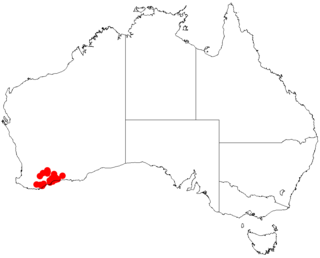
Acacia tetanophylla is a shrub of the genus Acacia and the subgenus Plurinerves that is endemic to an area of south western Australia.

Acacia blakei, commonly known as Blake's wattle or Wollomombi wattle, is a shrub belonging to the genus Acacia and the subgenus Juliflorae that is native to north eastern Australia.

Acacia tenuinervis is a shrub or tree belonging to the genus Acacia and the subgenus Juliflorae that is native to north eastern Australia.

Acacia homaloclada, also commonly known as Hitchinbrook wattle, is a shrub of the genus Acacia and the subgenus Plurinerves that is endemic to north eastern Australia. It is listed as vulnerable according to the 1992 Nature Conservation Act.

Acacia legnota, also known as heath wattle, is a shrub of the genus Acacia and the subgenus Plurinerves that is endemic to an area of north eastern Australia.

Acacia leptoloba, also known as Irvinebank wattle, is a shrub of the genus Acacia and the subgenus Plurinerves that is endemic to an area of north eastern Australia.
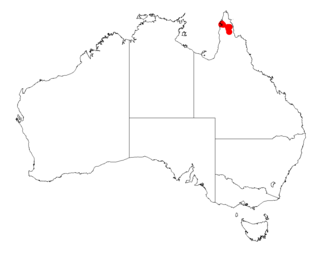
Acacia ommatosperma is a shrub of the genus Acacia and the subgenus Plurinerves that is endemic to an area of north western Australia.

Acacia racospermoides is a shrub or tree of the genus Acacia and the subgenus Plurinerves that is endemic to an area of northeastern Australia.




















